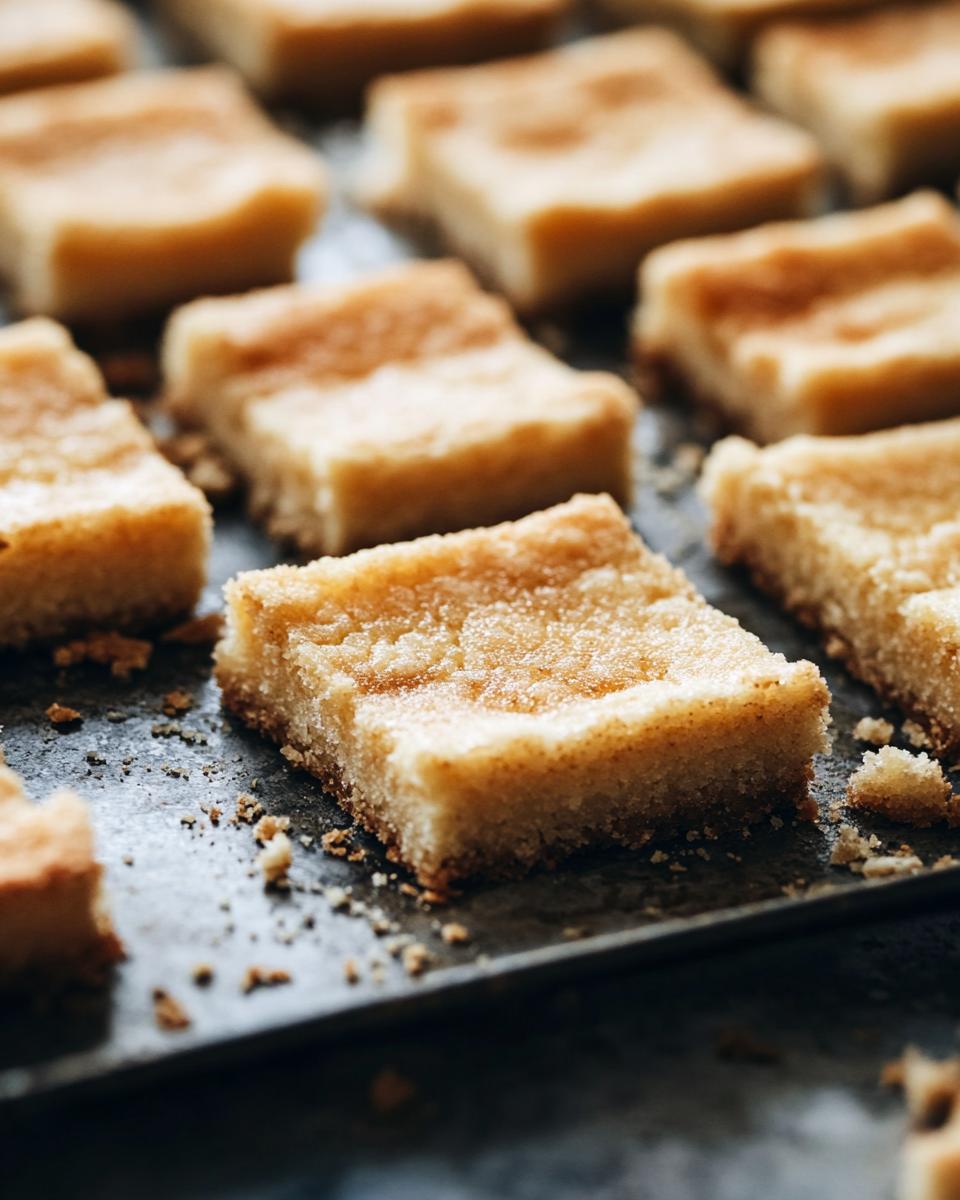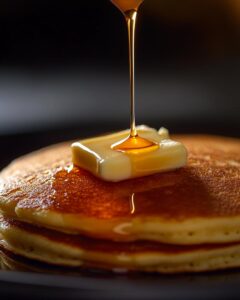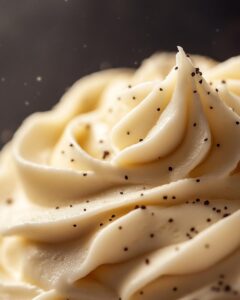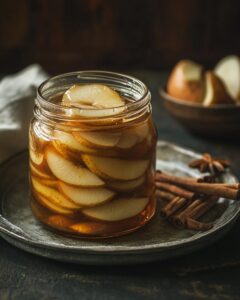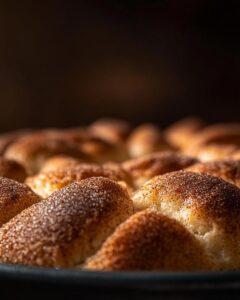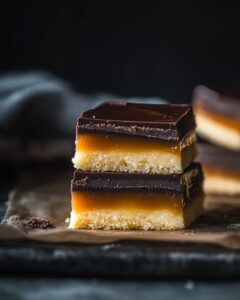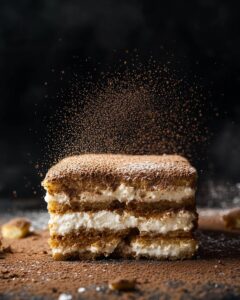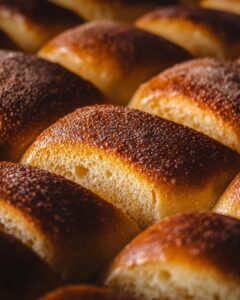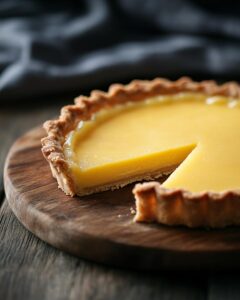Shortbread Crust Recipe: Master the Perfect, Flaky Delight
Are you ready to elevate your baking game? Our shortbread crust recipe is your key to achieving a perfect, flaky delight every time. Whether you’re a seasoned baker or just starting out, this recipe promises simplicity and delicious results. Imagine a crust that melts in your mouth, enhancing every pie or tart you create. Intrigued? Let’s dive in!
In this recipe:
- Simple ingredients you already have
- Step-by-step instructions
- Pro tips for the perfect crust
- FAQs for common queries
This recipe not only guarantees a delightful crust but also pairs wonderfully with our Millionaire Shortbread Recipe. The rich, buttery layers will leave your taste buds dancing. Additionally, if you’re exploring more pastry options, check out our Tart Crust Recipe for another flaky delight.
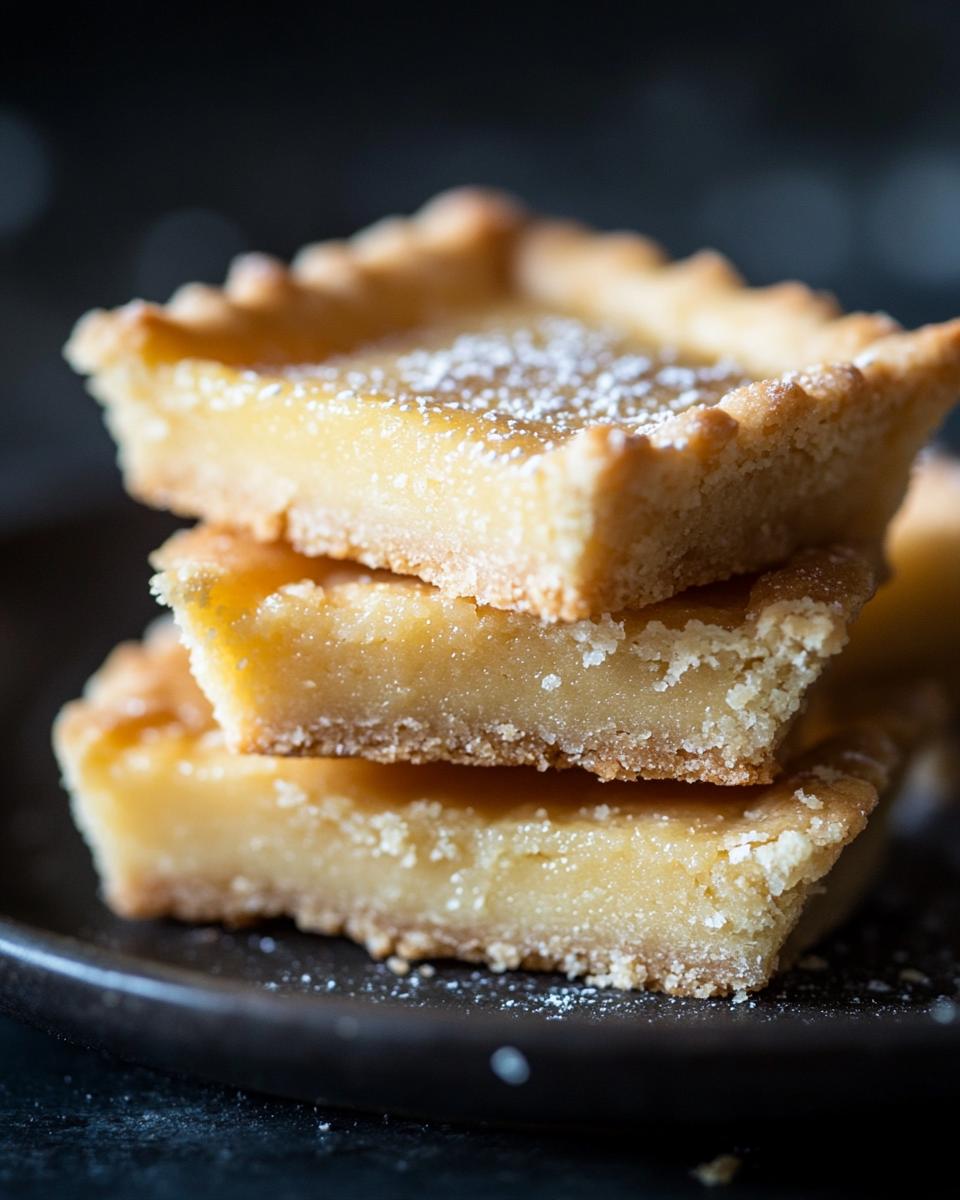
Who Can Make This Recipe and What You’ll Need
This simple shortbread crust recipe is suitable for bakers of all skill levels. Whether you’re just starting out or you’re a seasoned pro, you can easily master this recipe. With minimal preparation and a basic understanding of baking, you’ll be able to create a delicious crust that complements any pie or tart.
In terms of difficulty, this recipe is rated as easy. It requires only a few ingredients and straightforward steps. If you can mix and press dough, you’re already halfway there! This makes it an excellent shortbread crust for beginners.
Essential Baking Equipment
Before you start, make sure you have the essential baking equipment on hand. Here’s what you’ll need:
- Mixing bowl: To combine your ingredients.
- Pastry blender or your fingers: To mix the dough until crumbly.
- Pie dish: A 9-inch dish works perfectly.
- Fork: For pricking the dough to prevent air bubbles.
- Oven: Preheat to 350°F (180°C).
Having the right tools makes the process smoother and ensures your shortbread crust turns out perfectly every time. For more details and a visual guide, you can check out this Shortbread Crust Recipe from Add a Pinch.
So, gather your ingredients and tools, and get ready to bake a crust that’s as easy as it is delicious!
The Ingredients Needed to Make Shortbread Crust
Now that we’ve covered the minimal equipment required, let’s dive into the essential ingredients for creating the perfect shortbread crust. Choosing the right ingredients is crucial for achieving a classic shortbread crust that is both tender and perfectly sweet. Each component plays a vital role in delivering the traditional shortbread pie crust you’re aiming for.
Key Ingredients for Your Shortbread Crust
1. 1 1/2 cups all-purpose flour: This provides the structure and body to your crust. It’s the foundation of any typical shortbread crust ingredients list.
2. 1/2 cup granulated sugar: Adds the right amount of sweetness and contributes to a tender texture, making your crust irresistible.
3. 1/2 cup unsalted butter, softened: The butter is key to achieving that flaky, buttery texture that is the hallmark of a classic shortbread crust.
When gathering your ingredients, ensure you use high-quality products. Have you ever wondered why your shortbread crust isn’t as tender as you’d like? The secret often lies in the butter and flour you choose. Opt for unsalted butter to control the saltiness, and use a good-quality all-purpose flour for the best results.
Are you ready to gather your ingredients and start baking? With these staples, you’ll be well on your way to creating a delicious traditional shortbread pie crust that will impress everyone. Happy baking!
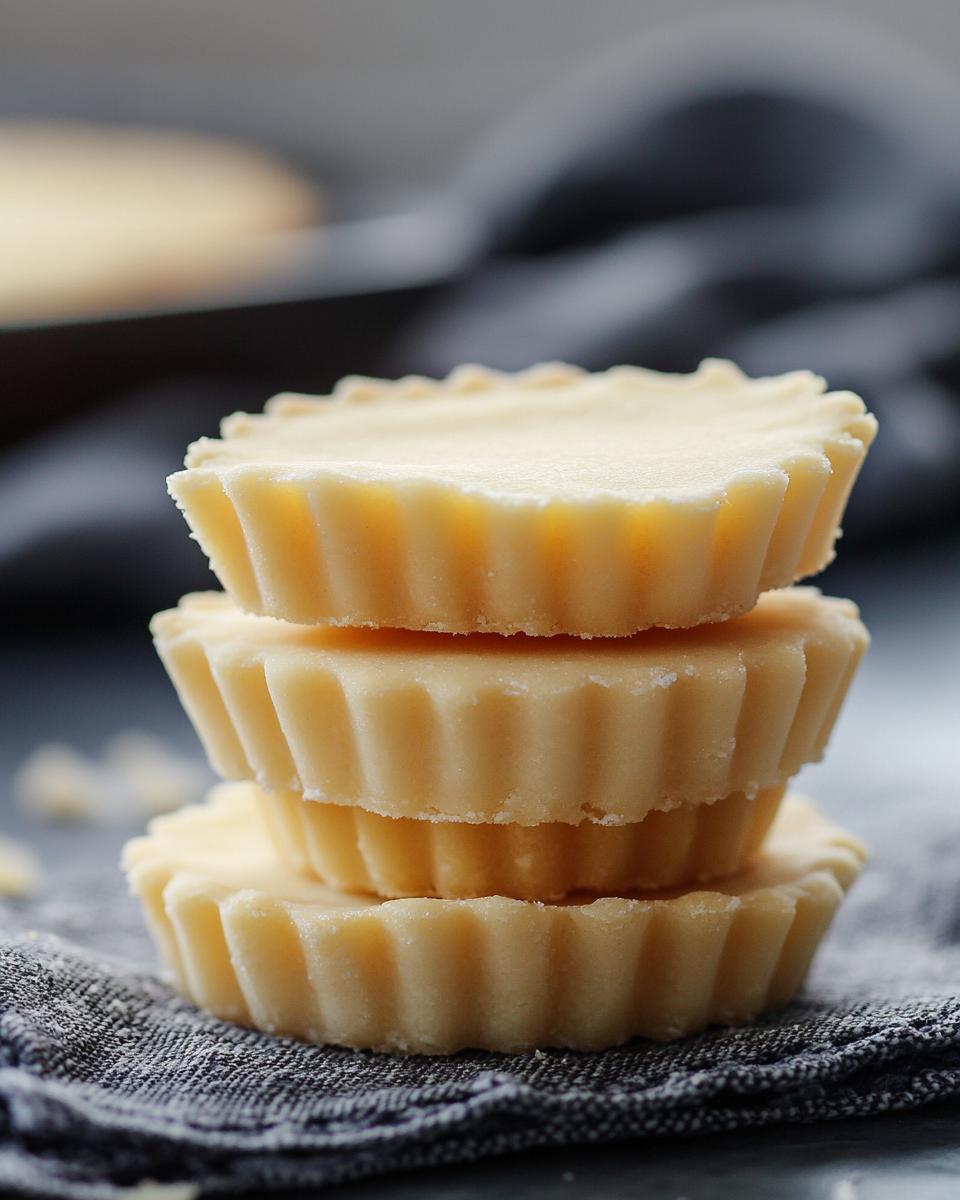
Step-by-Step Guide on How to Make Shortbread Crust
Now that we’ve gathered all our ingredients, it’s time to dive into the step-by-step shortbread crust preparation. If you’ve ever wondered how to make shortbread pie crust, you’re in the right place. Let’s get started!
- Preheat Your Oven: Preheat your oven to 350°F (180°C). This is a crucial step to ensure even baking. Line a 9-inch (23 cm) pie dish with parchment paper to prevent sticking.
- Mix Dry Ingredients: In a medium bowl, whisk together the flour and sugar. This ensures that the sugar is evenly distributed throughout the flour.
- Add Butter: Add the softened butter to the flour mixture. Mix until it forms a crumbly dough. You can use a pastry blender or your fingers for this step.
Forming and Baking the Crust
In this part, we will focus on making shortbread crust for pies by forming and baking it perfectly.
- Add Egg Yolk: Incorporate the salt and egg yolk into the dough. Mix until it forms a smooth dough. Avoid overmixing to keep the crust tender.
- Press the Dough: Evenly press the dough into the prepared pie dish. Make sure to cover the entire surface, including the sides.
- Prick the Dough: Prick the dough all over with a fork. This prevents air bubbles from forming during baking, ensuring a smooth crust.
- Bake the Crust: Place the pie dish in the oven and bake for 20-25 minutes. Look for a light golden brown color as an indicator that it’s done. Once baked, remove it from the oven and let it cool completely before filling.
And there you have it! A simple, yet delicious shortbread crust that can be the perfect base for your pies and tarts. Remember, following these shortbread crust baking tips can make all the difference in achieving the best results. Happy baking!
Serving and Storing Ideas and Tips
Now that you’ve mastered the steps to create your delicious shortbread crust, let’s dive into the best ways to serve and store it. This recipe is accessible for all experience levels and requires minimal cooking knowledge, so you can confidently enjoy your creation!
Serving Shortbread Crust
Your freshly baked shortbread crust is versatile and can be paired with a variety of fillings. Whether you prefer a classic fruit tart, a creamy custard, or a rich chocolate ganache, this crust will complement your chosen filling beautifully. Serve it at room temperature or lightly chilled for the best texture and flavor.
Consider garnishing your tart with fresh fruits, a dusting of powdered sugar, or a drizzle of caramel sauce to elevate its presentation. Invite friends and family over for a delightful treat, and watch as everyone enjoys the delicious combination of buttery crust and delectable filling.
For a more casual serving option, cut the crust into smaller, bite-sized pieces, making it perfect for a dessert platter or a tea-time snack. The possibilities are endless, and your creativity can shine through with each serving.
Shortbread Crust Storage Tips
Storing shortbread crust correctly ensures it remains fresh and tasty. If you have leftover crust or want to prepare it in advance, follow these simple storage tips:
- Allow the crust to cool completely before storing it.
- Wrap the crust tightly in plastic wrap or aluminum foil to prevent it from drying out.
- Place the wrapped crust in an airtight container to maintain its freshness.
Freezing Shortbread Crust
If you need to store your crust for a longer period, freezing is a great option. Wrap the cooled crust in plastic wrap, then in aluminum foil, and place it in a freezer-safe bag. Label it with the date and store it in the freezer for up to two months. When you’re ready to use it, thaw the crust at room temperature and enjoy its perfect texture and flavor, just like it was freshly baked.
With these serving and storing tips, your shortbread crust will always be ready to delight your taste buds. Enjoy experimenting with different fillings and presentations, knowing that your crust will remain a delicious and reliable base for all your dessert creations!
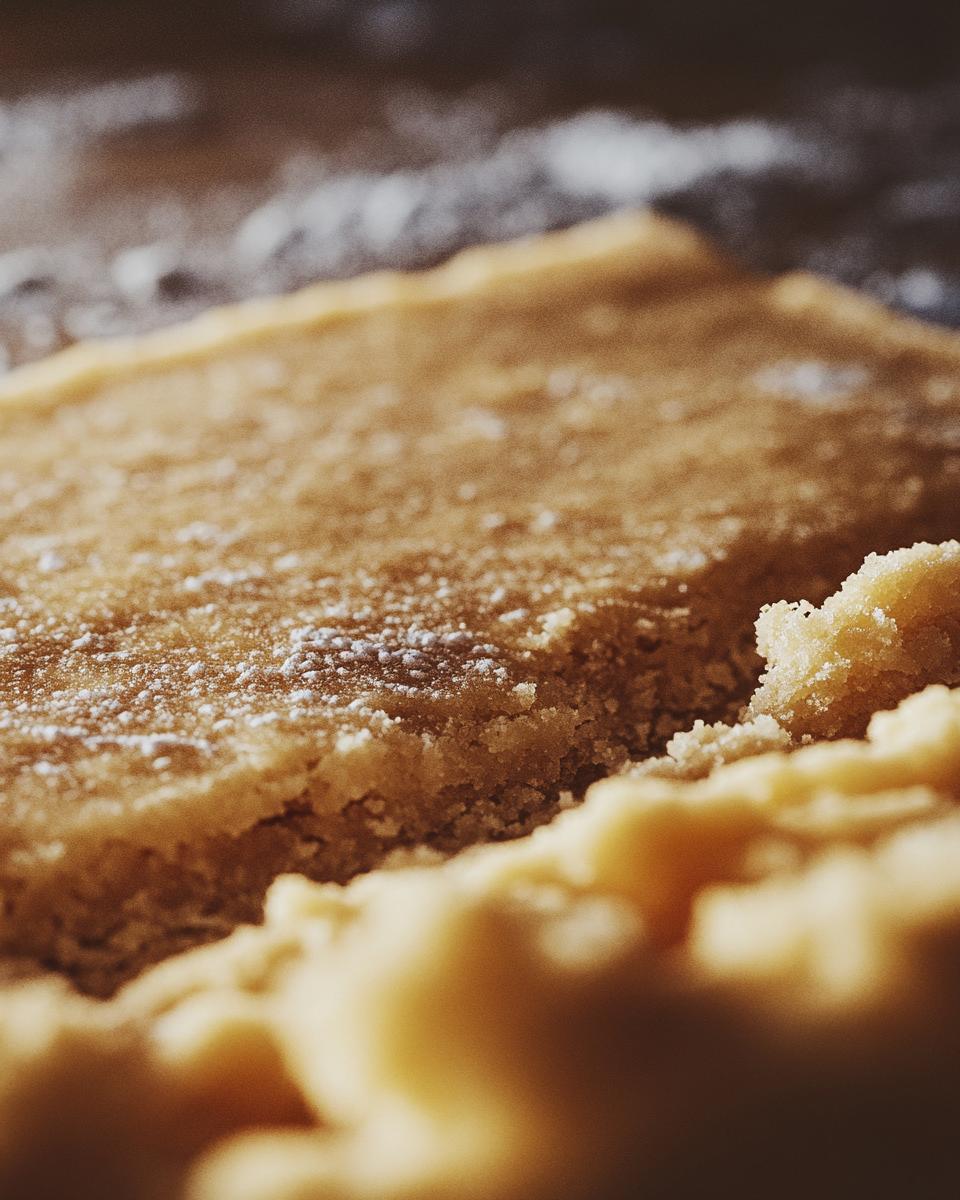
Pro Tips for Perfect Shortbread Crust Recipe
- Always use cold butter for a crisp crust.
- Handle the dough as little as possible to avoid toughness.
- For a smoother dough, mix with your fingers or a pastry blender.
- Prick the dough with a fork to prevent air bubbles.
- Use parchment paper to line your pie dish for easy removal.
- For even baking, rotate the pie dish halfway through.
- Add a pinch of cinnamon for a unique flavor twist.
- To save time, use a food processor to mix ingredients quickly.
FAQs and Ingredient Replacement Options
When it comes to making a shortbread crust, there are often a few common questions that arise. Here, we’ve compiled some of the most frequently asked questions along with detailed and accurate answers.
Shortbread Crust FAQs
Q: Can I use a different type of flour?
A: Yes, you can use different types of flour. For those needing a gluten-free option, gluten-free flour blends work well. Whole wheat flour can also be used, but keep in mind that it will alter the texture and flavor slightly. Experimenting with different flours can yield tasty results!
Q: Can I make the crust ahead of time?
A: Absolutely! You can prepare the shortbread crust ahead of time. Simply refrigerate the dough for up to 3 days or freeze it for up to 2 months. Make sure to wrap it tightly in plastic wrap to maintain freshness. This is one of our favorite money saving tips for baking.
Q: Can I use a different type of sugar?
A: Yes, you can substitute granulated sugar with brown sugar or even honey. Just note that these replacements will change the flavor profile of your crust. Brown sugar adds a deeper, molasses-like flavor, while honey will add a hint of floral sweetness.
Ingredient Replacement Options
Q: What are some budget-friendly shortbread crust ingredient replacements?
A: If you’re looking to save money while making a delicious shortbread crust, consider using margarine instead of butter. Another option is to use powdered sugar instead of granulated sugar, which can sometimes be more cost-effective and lends a smooth texture to the crust.
Q: Can I use dairy-free alternatives?
A: Yes, you can make a dairy-free shortbread crust by replacing butter with coconut oil or a dairy-free margarine. These options can provide a similar texture and flavor while catering to dietary restrictions.
For more tips and a detailed recipe, check out this Shortbread Crust Recipe on Add a Pinch. This site offers great insights and variations to suit any baking need.

